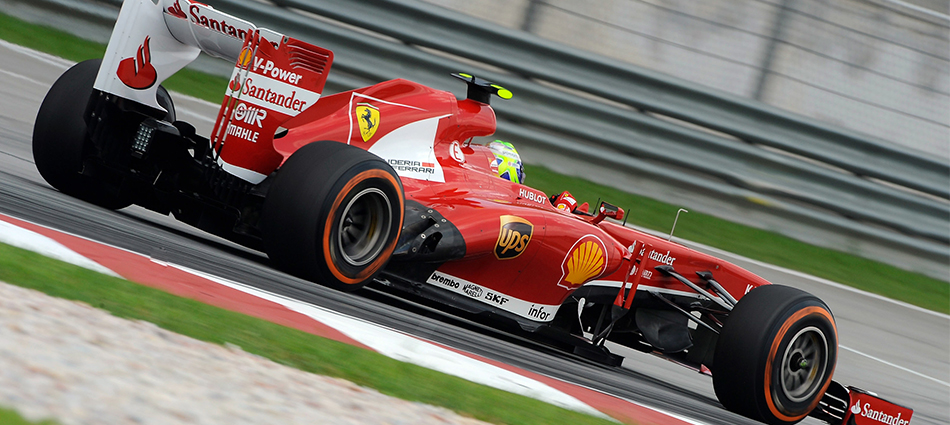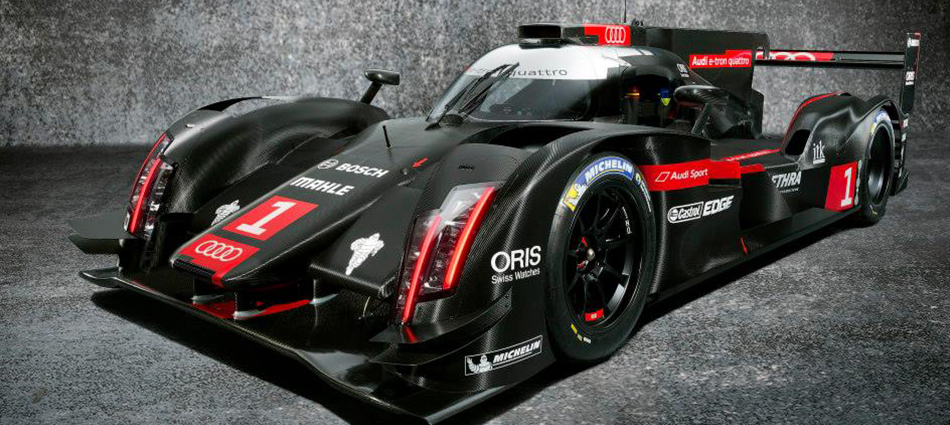The Thinker's Garage Pondering Automotive History, Design and Culture

Motorsport – Why F1 needs to be careful
So Formula 1 has yet again announced new rules designed to ‘improve the show’ and it seems that fans are more outraged than ever. Times are tough in F1 – the financial struggles of multiple teams are well documented, the importance of cash more than outright speed when it comes to driver choices is evident higher up the grid than ever and with Cosworth slipping away at the end of the 2013 season having not developed a V6 motor for the new rules, next year there will be only three engine suppliers on the grid.
The dominance of Sebastian Vettel and Red Bull in the 2013 Formula 1 season made races predictable and often boring – yes, there were some good mid-field scraps but a battle for eighth will never be as exciting as one for the lead. This dominance was highlighted further by teams strained for finance and resource ceasing or drastically reducing development of their 2013 cars to invest time and money into their 2014 cars due to the sizeable rule changes.
These rule changes seem designed to do two things – yet again improve the show, and make Formula 1 technology more relevant to road cars. Smaller turbocharged engines with energy recovery systems seem modern and sound good on paper but regulating the engines to turbocharged 1.6 litre V6 units with a 90 degree vee and 15,000 rpm rev limit severely limits the ability for manufacturers to showcase their own new technology. The moves to improve the show such as the double point finale and proposed cost cap as well as existing measures including DRS and fragile tyres are designed to broaden F1s appeal to a wider audience but they come across as gimmicks which cheapen the image of the sport, making it appear less serious and professional. This in turn causes it to lose some of its appeal to manufacturers, sponsors and its hardcore enthusiast audience. F1 has always been over the top and excessive, synonymous with the playboy lifestyle. To attempt to make F1 green and egalitarian is to change its core values.
So where do you turn if you want to see cars that showcase technology and feature genuine creativity and innovation with lots of manufacturer support and without overtaking gimmicks? Let me suggest the FIA World Endurance Championship (WEC) as a great place to look.

The WEC features four classes which mean there is almost always a race on track, and these classes offer something for everyone. Current LMP1 cars should appeal to those interested in F1 technology and then some. The engine regulations are based around energy consumption and as a result there are many answers to the ‘what is the best way to build an LMP1 engine’ question. Factory teams run a variety of energy recovery systems – flywheel and super capacitor hybrid systems are currently used with both petrol and diesel engines. Aerodynamics are key too and while speed is important, so is efficiency. It’s all very road relevant which is why Audi has been using this type of racing for years to showcase new road car technology and they have now been joined by Toyota and Porsche with Nissan also planning a program in the future.
Add a competitive GT class to with factory backed representations of road cars from Porsche, Ferrari and Aston Martin to the LMP1 strength and classes aimed at wealthy privateer teams for both GT and Prototype cars and you have a compelling grid. Include top drivers, great 6 hour races at tracks such as Spa, Silverstone and Fuji and the iconic Le Mans 24 Hour race and combine it with excellent fan interaction and support (including free, uninterrupted HD streams of all races – no pay TV deals or ruthless geo blocking) and I think that if both championships continue on their current trajectories, F1 could have a lot to worry about before too long.
by Andrew Marshall